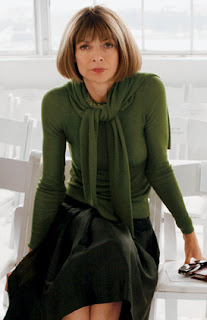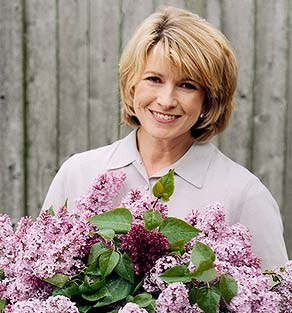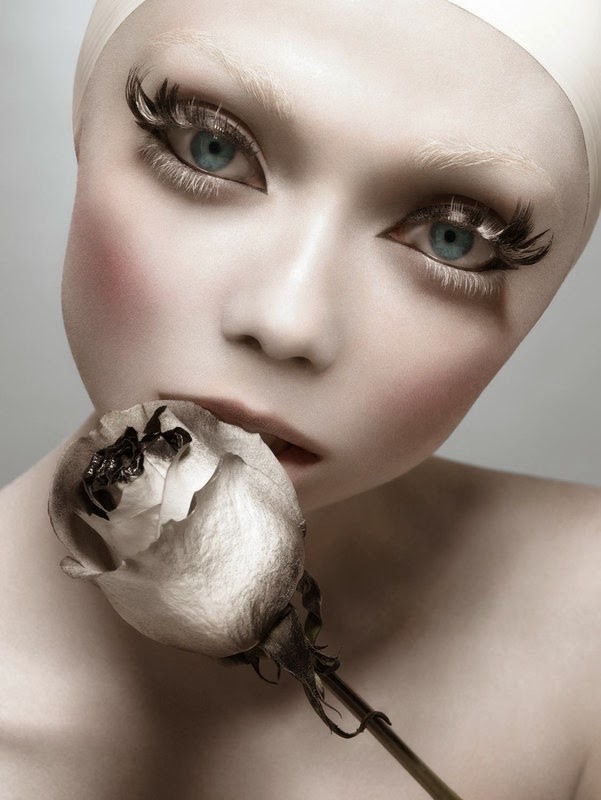Blonde Like Me
 As a child, I was supremely annoyed by the plethora of blondes in my fairy tales. Cinderella, Goldilocks, Cinderella. Until Disney got a hold of her, Belle was a blonde too. (Yes, I am ignoring Snow White. If my one hope of representation has that voice, I'd rather not be represented.) More annoying was the fact that even the fairy godmothers were blondes. Brunettes only showed up as witches or wicked step mothers.
As a child, I was supremely annoyed by the plethora of blondes in my fairy tales. Cinderella, Goldilocks, Cinderella. Until Disney got a hold of her, Belle was a blonde too. (Yes, I am ignoring Snow White. If my one hope of representation has that voice, I'd rather not be represented.) More annoying was the fact that even the fairy godmothers were blondes. Brunettes only showed up as witches or wicked step mothers.
Bibliophile that I have always been, I couldn't help but notice blondes described as "golden" and "sunny" while brunettes like me were "mousy" and "dull." The blondes in my decetive stories were beauty queen and rich celebrities. The brunettes were librarians and murderesses.
Thankfully, my parents raised a strong little girl, and I took this all to mean that I had to depend on something far less fleeting than my looks. While I chose to overlook the blonde preference and embrace my milk chocolate locks, I had always wondered why people were so captivated by what is, in an unaltered world, a rare color of hair.
 Natalia Ilyin, a blonde professor of myth and symbolism, wondered the same thing when she wrote Blonde Like Me
Natalia Ilyin, a blonde professor of myth and symbolism, wondered the same thing when she wrote Blonde Like MeThe author divides blondes into the protected Innocent full of virtue and virginity, my princesses essentially; the Summer-Wheat, a maternal domestic goddess of hearth and home who is most of the blondes you know; the Apollo who is ambitious and striving for perfection, so it is that our blonde starlets and our blonde Mensa
 members fall into the same group; and the Moon Blonde, a destructive erotic seductress who shows up in movies or screaming on Springer. In case she left anything out, Ilyin also created a category for Ironic Blondes such as Madonna who isn't Innocent or Hera, and is too creative to be a Moon (how she isn't the ambitious Apollo is completely overlooked).
members fall into the same group; and the Moon Blonde, a destructive erotic seductress who shows up in movies or screaming on Springer. In case she left anything out, Ilyin also created a category for Ironic Blondes such as Madonna who isn't Innocent or Hera, and is too creative to be a Moon (how she isn't the ambitious Apollo is completely overlooked).Overall, I'd only recommend this book if mythology and symbolism interest you (and you should get it from the library instead of buying it). Those looking to learn about blondes having more fun should look elsewhere.



Comments